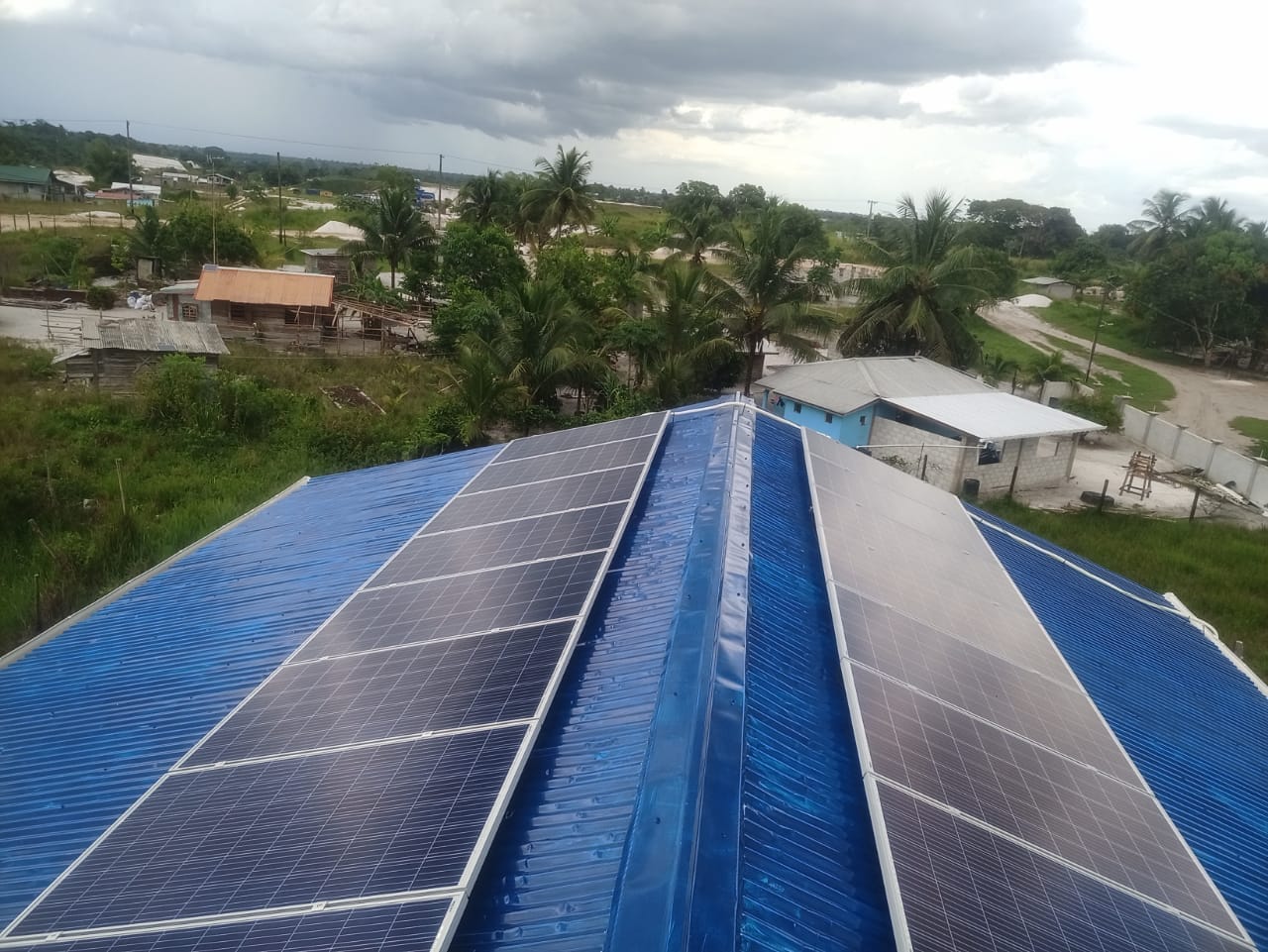Author: UNDP Guyana
Bridging the Digital Divide: Empowering Indigenous Regions through Internet Connectivity in Guyana
August 9, 2023

The establishment of over 200 ICT hubs in the HPR communities is a critical step towards providing residents with access to necessary e-government services and information.
The need for greater connectivity and less digital fragmentation has been recognized as a global imperative, with UN Secretary-General António Guterres championing the cause at the 2022 G20 Summit. In Guyana, the government has been addressing the long-standing disparity between communities in the coastal regions and those in the remote Hinterland areas. Without access to technology and the internet, residents of these Hinterland communities face significant challenges, from a loss of livelihood to limited access to public services.
To address this digital divide, Guyana has implemented an ICT program that provides equitable access to Information and Communications Technologies, empowers stakeholders and local communities and improves engagement with government. By syncing the rollout of ICT with access to renewable energy, these communities also gain access to other essential services that are dependent on electricity.
Through collaborative efforts with the Office of the Prime Minister and over 200 Indigenous Communities, UNDP Guyana is taking an innovative and holistic approach to bridge the digital divide in Guyana. This historic initiative is being undertaken by the Governments of Guyana and Norway under the Low Carbon Development Strategy (LCDS) and Guyana REDD+ Investment Fund (GRIF). This partnership is not only focusing on the adoption of new technologies, but also on the development and deployment of a modern public sector with supporting e-government services.
The establishment of over 200 ICT hubs in the HPR communities is a critical step towards providing residents with access to necessary e-government services and information. These hubs will enable people to monitor market prices for primary crops, channel remittances, and receive early warning weather alerts, among other services. Moreover, these facilities hold great potential for improving educational outcomes, particularly for school children in the region. By embracing the benefits of modern technology, these communities can bridge the digital divide and gain access to vital services and information that can help to improve their livelihoods.
The training of Hub Managers by the government is a critical component of the ICT program. These individuals (73% of whom are female) are tasked with the day-to-day management of the ICT hubs and supporting the wider community in computer usage. The program has sparked interest in some villages to accelerate technology adoption in areas such as robotics and coding, demonstrating the potential of the ICT hubs to inspire innovation and skill-building. In line with the community-focused approach, grants are provided to villages to construct or retrofit hubs using locally sourced labour and materials, promoting ownership of the project and generating economic activity within the village.
As of today, 82 of these ICT hubs have been successfully established, fully equipped, and powered by renewable solar energy, benefiting approximately 54,051 individuals. These investments are bridging the gap between the coast and the hinterland, propelling communities into the future by offering opportunities for learning, growth, and economic development, and ensuring that no one is left behind. By continuing to work in partnership with the Guyanese Government and local communities, UNDP Guyana is committed to building a more connected and prosperous future for all.
Did you know?
Guyana’s Low Carbon Development Strategy (LCDS) was launched in 2009 as a prompt and innovative way to address sustainable development issues. At the core of the LCDS are four components aligned with promoting Hinterland and Amerindian development. These include promoting renewable energy use, funding for local socio-economic development projects, working with indigenous communities to gain land titling and promoting the use of new Information and Communication Technologies (ICTs).
The GRIF finances initiatives identified under the Guyana Low Carbon Development Strategy (LCDS) with funding from the Kingdom of Norway. Under this programme, UNDP has received US$38.4 million to improve access to sustainable economic opportunities, eradicate poverty, reduce inequality between Coastland and Hinterland communities, and land tenure for indigenous peoples in Guyana.

 Locations
Locations





